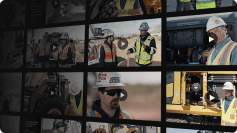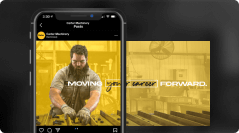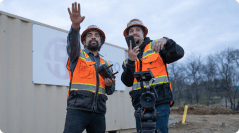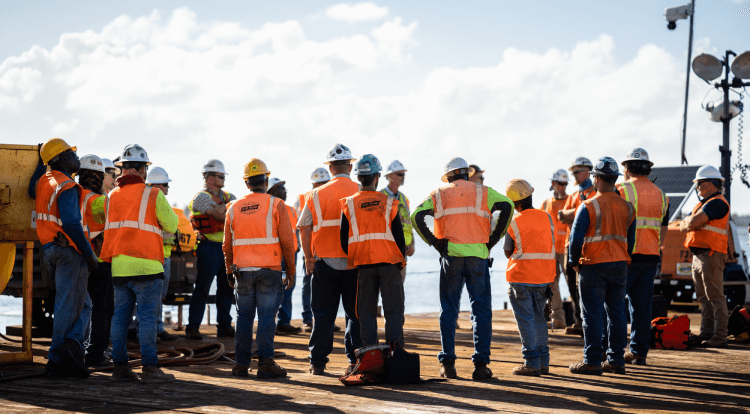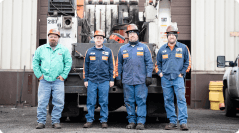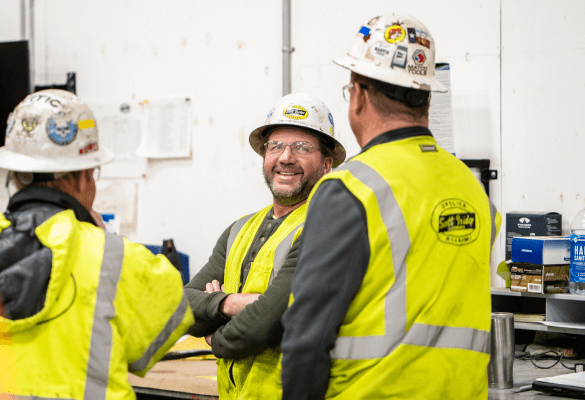6 Signs Your Training Program Isn’t Working
Written by Marilee Brewer
December 2, 2022
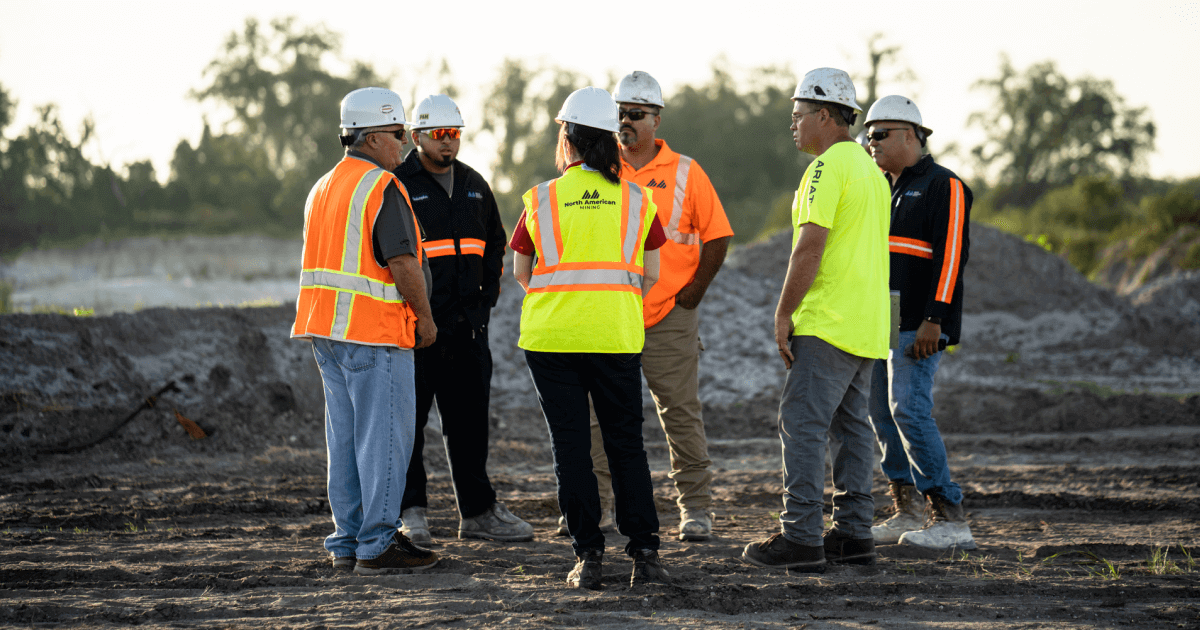
Is training a sore spot that’s been easiest to ignore? Or maybe training at your company is simply unclear. Taking stock of your training program may not seem connected to the root of company problems with scheduling, injuries, rework, and hiring and retention, but you’d be surprised.
Making a healthy, consistent training program available for employees to move forward in their careers has been linked to enormously beneficial gains like more innovation and creativity, greater retention, increased motivation, enhanced leadership potential, and overall better self-esteem among team members.1 When team members are confident to apply their creativity to problems at hand, company culture gets a boost—and productivity does, too.
If that doesn’t sound like your current situation, take a look at these six signs that indicate your training program isn’t working. But if you identify with them, don’t be discouraged. The first step to solving a problem starts with recognizing you have one.
01Your training sessions are way too long

You know for a fact that when your employees are physically tired, their work suffers. With great employees, the quality will hold up, but they’ll work slower. With untrained employees, quality may be the first thing that goes out the window. If their mistakes significantly compromise some part of the operation, your crew could spend days—or weeks—correcting those mistakes, effectively canceling whatever work they did that day. No one likes to do work twice, but it’s even more painful when it costs whatever profit you would have made on the job.
Not only that, but fatigue is dangerous.2 When people are exhausted, they lose their motivation, experience a dulling of the senses, and are much more likely to get hurt. The “dusk til dawn” mindset may still exist in some places, but good employers know better than to allow fatigued workers to operate in potentially dangerous environments.
Some employers may not realize the principle of fatigue and low productivity applies to training. Overdoing it during training can overload your employees’ brains, not their bodies. And an overloaded brain is harder to notice.
- You may think all-day training sessions are efficient, but they’re more likely to be a huge waste of time.
When employees are required to sit for several hours of training, they not only become paralyzed and unable to learn anything new but what they learned so far is completely lost. This phenomenon is called cognitive overload.3
02Training happens once in a blue moon

Another classic training fail is when training opportunities show up with all the regularity of a jack-in-the-box. In other words, you train infrequently. Without consistency, nothing sticks.
“Consistency is key” might be overused, but that doesn’t mean it’s any less true. Absorbing information is only the initial part of the learning process. Retention of information requires learners to actively relearn the same information, then add to it in small chunks regularly. In other words, if true learning is to occur, predictable, frequent repetition is crucial.4
03No one really knows how to teach

Do your project managers, superintendents, foremen, and field supervisors know how to explain things with words? Do they shout? Bark orders? What about the calmer types, do they explain something once, say, “you got it?” and continue without ever revisiting the subject?
Those may seem like dumb scenarios, but those of us who’ve spent a minute or two in the field know that teaching and communicating with a talented operator or mechanic might not come as naturally as fixing an engine or manipulating tons of rock and dirt.
If your training program involves brusque orders delivered once and only once, that’s a sign that things aren’t working. Foremen are human, and they have a lot on their plate. So far, coming up in construction doesn’t guarantee they’ve had any leadership coaching. Your foremen and field supervisors may be dead in the water without leadership training.
04You’ve got no idea how people are trained

If your field leaders have a lot on their plates, as the owner or CEO of the company, you’ve got even more on yours. Between building relationships with subcontractors, owners, and property managers; overseeing your leadership team; keeping projects on schedule; and staying on top of budget and insurance concerns, the how and what of day-to-day employee training may have fallen from your view.
It doesn’t mean you’re doing a poor job of running your company. It just means you can’t do everything—and training is what keeps slipping through the cracks. If you have no idea how people are trained once they’re hired, that’s a bad sign.
One hopeful thought? If you prioritize training, a lot of other problems will clear up.
05Your crew’s just not into it

Did you know only 35% of American employees are considered “engaged” in their work?5 With what we know about the importance of employee engagement and the enormous difference it can make in quality and quantity of work, a mere 35% isn’t going to cut it.
It’s scary to think that two out of three of your people are disengaged with their work. But the good news is, creating a workplace environment where employees can thrive is not as hard as you’d think. By ensuring they have proper benefits and appropriate compensation, as well as creating a positive company culture, you can change the level of employee engagement at your workplace.6
06Safety is the only training you’re doing

It is so important to train for safety—there’s no doubt about that. But if you’re only training for safety, that’s a sign your training program isn’t working.
Safety training for insurance purposes is inarguable. However, allowing minimum safety training requirements to define your safety program is not a good idea. You’re not doing the minimum anywhere else in your company, so don’t do it with training.
An effective training program requires you to start by addressing the points where you may fall behind and determine how you’ll move forward. Safety training done exclusively to fulfill insurance requirements won’t help create the culture you need for engagement and effective training.
Conclusion
For a training program to be effective, you’ve got to start by knowing how it works. From there, it has to be consistent, with good communication between leadership and trainees. Conducting shorter, more engaging training sessions are extremely important if training is to stick. Overall, your team has to approach training as a core part of their culture, not just safety- and insurance-related.
So how does your training program work? Do your teams train on skill? Are toolbox talks engaging conversations, providing foremen the chance to share info and hear from their teams?
If you answered “no” to any of those questions, it might be time to dig deeper. Check out the link to the article below to learn more about how a healthy training program looks—and how it can transform your business.
More about
Sand Cone Test for In-Place Density Testing Soil by Sieve - Minus #40 5 Heavy Equipment Maintenance TipsMeet the Expert
Marilee Brewer
Marilee Brewer's philosophy on heavy civil construction is that everything—even the Bingham Canyon Mine and the Willis Tower—starts with ideas put into words. An avid writer and researcher, Marilee brings inspiration, storytelling, and human candor to Dirt World information. Her writing focuses on providing content that enhances user experience, improves engagement, and ultimately increases revenue. A trained Linguist and social media storyteller, ask her for story and social media writing tips.


